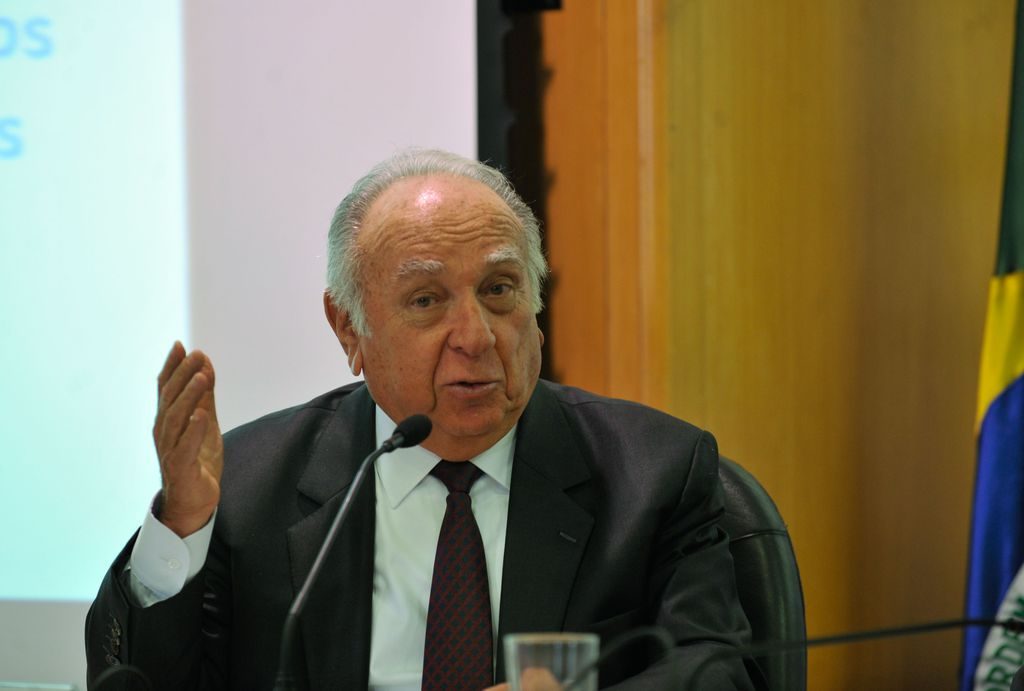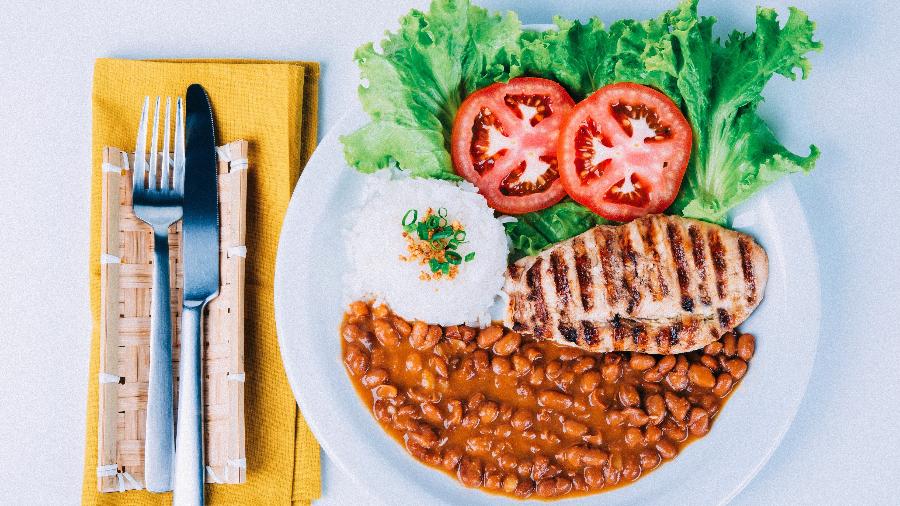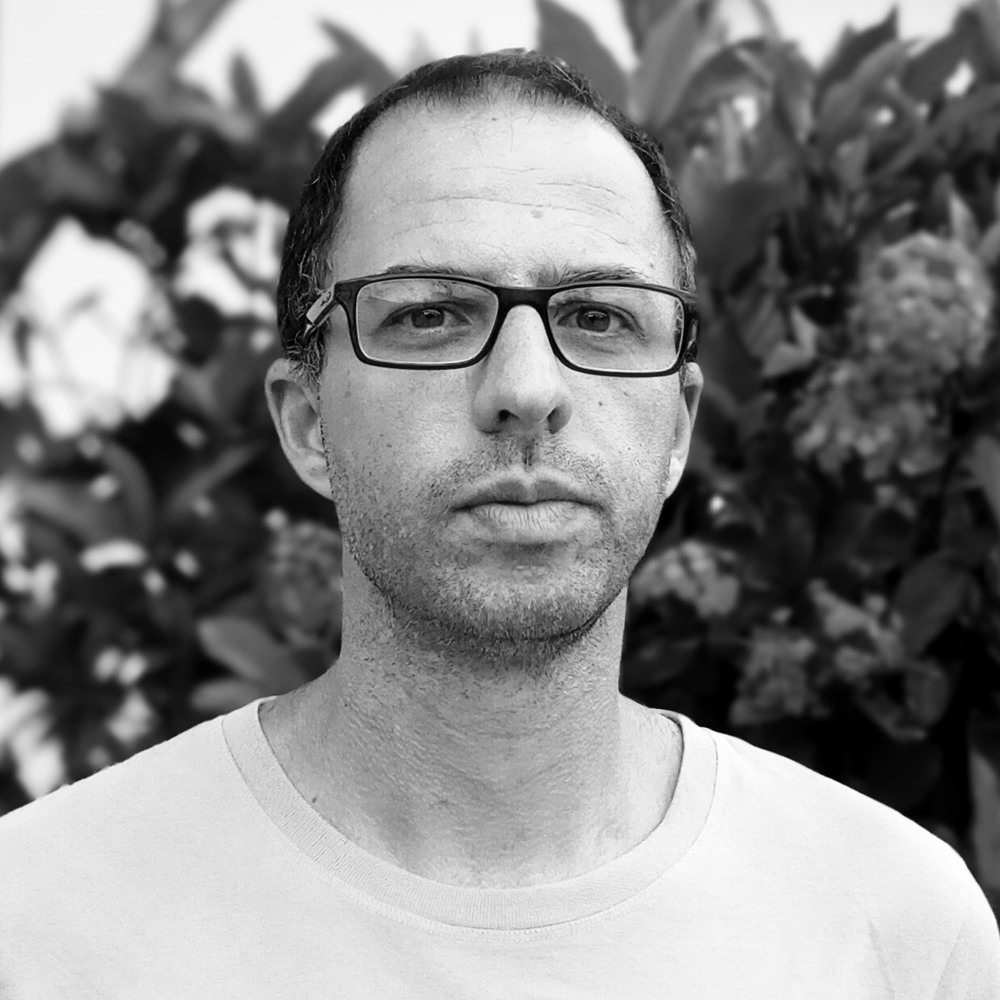The former Minister of Health explains how he was pressured by Big Food to bury the document, a reference in this area
Arthur Chioro had just assumed his role as the Health Minister of Brazil in February 2014 when he was asked to attend an event in Brasilia. What was meant to be a laid-back occasion turned into an impromptu meeting with the then-president of the Brazilian Association of Food Industries (Abia), Edmundo Klotz.
“He brought me a brochure. It was a very fancy publication. It was something that had a unique quality to it. Something that truly stood out”, recalls Chioro. “There were 3 key goals which the industry wanted to accomplish. One of them was to prevent the publication of the Dietary Guidelines at all costs.”
Five years have passed and Chioro is now a professor of Medicine at the Federal University of São Paulo. He revealed detailed new information regarding the pressures he received from Klotz, who has just ended a 32-year period as the main representative for Nestle, Danone, Unilever, Coca-Cola.. The Dietary Guidelines of the Brazilian Population remains a thorn in the side of ultra-processed food manufacturers.
The wave of neoliberal disruption happening now in Brasilia has encouraged companies to push for the revocation or alteration of the Brazilian Dietary Guidelines. These guidelines serve the purpose of recommending that people avoid consuming cookies, salty snacks, sugary yoghurts, sodas, processed cereals and similar products.
João Dornellas, Klotz’s successor at Abia, has publicly stated that he wants the publication modified. “The Guidelines as a whole contains plenty of good points but the chapter on food choice is devoid of science and technological advancements,” he said earlier this year, catapulting what had been closed door discussions within the Ministry of Health into a point of public debate. “We must strive for better communication with our consumers and government bodies in order to change this notion.”

Both Klotz and Abia refused to grant us an interview.
Chapter 2, the section Dornellas references, divides each food item according to the type and level of processing. In general terms, it separates out in natura or minimally processed foods, such as rice and beans, from ultra-processed foods that have become abundant in the last few decades and are increasingly regarded as contributing factors to obesity, diabetes, hypertension and cancer.
“Like all golden rules, the overall rule here is easy to remember and follow: always prefer natural or minimally processed foods and freshly made dishes and meals to ultra-processed foods.” This provides unprecedented clarity to dietary guidelines that historically have been mainly inspired by the U.S. model, which is largely evasive given economic pressures from the food industry.
For more than five years, the document has become an innovative public health reference point. Among its fundamental changes is that it addresses the Brazilian population directly, as opposed to the 2006 version targeted at health professionals. It also offers a novel approach by not limiting itself to just nutritional information; it goes into detail about preparation methods, it makes a clear recommendation to buy from local small-scale farmers, addresses the best way to consuming each food item, and offers multiple recipes.
“It’s impressive to see how many people outside the field of nutrition are currently using this document,” according to Patricia Jaime, professor of public health at the University of São Paulo (USP). Prof. Jaime was general coordinator of Food and Nutrition at the Brazilian Health Ministry from 2011 to 2014, where she spearheaded the development of the Nutritional Guide. “Nowadays, we consistently hear the term ‘ultra-processed’ in the media.”
This five-year period also produced abundant new scientific evidence against cookies, sodas, salty snacks and similar products. It was not until 2018 and 2019 that the first articles associating the consumption of ultra-processed foods with a higher risk of death (found here and here), cardiovascular diseases, and cancer as well as obesity (there are ten studies in total) were published. The Food and Agriculture Organization of the United Nations (FAO) recently released a compilation of all these studies, which angered many industry leaders.

Luis Madi, director of institutional affairs at the Institute of Food Technology (Ital), a Brazilian food research center, has said during an industry fair last August that now is the time to work towards reversing the Guidelines. He spoke of the matter as “the great challenge” for the next three years, referring to the time left in President Jair Bolsonaro’s term.
Ital is a state-owned company founded in the 1960s at the behest of the food industry. It receives its funding from food corporations to develop products and packaging. As an emblem of the ultra-processed era, it is threatened by the idea that consumers should avoid these types of products.
Madi has not hidden the fact that FAO, which once championed the ultra-processed foods paradigm, has since considered changing sides. He has blamed the Guidelines for the difficulty in communicating with the general public. “The government of Brazil should have been more careful when the Ministry of Health released this Guide because it has led to profound confusion in the mind of the consumer.” Standing next to Madi and nodding in agreement was Alexandre Novanchi, Director of Regulatory and Scientific Affairs at Abia.
Five years earlier, the Guidelines had one of its key moments at FAO headquarters. A few days after its publication, the Second International Nutrition Conference was held at FAO headquarters in Rome. According to a few members of the Brazil delegation, Klotz, who was also a member of the delegation, was blatantly against the position held by then-Health Minister Chioro.
“His voice was an isolated one. He had no scientific evidence to back up his argument. The environment did not welcoming his line of reasoning,” says the former Minister of Health. At the same conference, Arthur Chioro managed delivered a translated version of the document to Margaret Chan, Director-General of the WHO at the time. “As minister I had some great moments. But to have the Director-General of the WHO ask for a translated copy of a genuinely Brazilian health policy was unparalleled.”
Initially, the Guide was scheduled to be relased in October. But at the last minute, the event was canceled, frustrating all those involved in its development. Chioro says this was his own decision, because he felt it required a higher-profile roll-out. A few days later, the Guide was made public.

“These escalating tension occurred before, during and lasted until after the release of the document.” Those who were behind the scenes were under a great deal of pressure,” says Camila Maranha, a professor at Fluminense Federal University. Her doctoral dissertation, which she defended in 2017 at the State University of Rio de Janeiro, analyzed conflicts of interest during the pre-release phase of the Guide. “This threat was real and it made those who were worried about small tweaks realize that, in the bigger picture, they were on the same side and that regardless of its outcome, it is better to have this great Guide than to not have one at all.”
During the publication consultations, the junk food industry mobilized itself to alter certain clauses of the Guide, particularly those that recommend avoiding ultra-processed foods. These efforts happened directly and indirectly via scientific organizations with ties to junk food companies like the International Life Sciences Institute (ILSI, an industry-funded think tank, and the Brazilian Society for Food and Nutrition, funded by Nestlé, Danone and others.
“We had noticed that most comments were identical, which suggests that a partnership was made,” said Maranha. In the following year, Ital, with the help from the Big Food, created a homepage arguing that there is no difference between flour and a Doritos chip, both of which are processed. The problem is that it is becoming increasingly difficult to hide the reality that there is a huge difference between this products.

